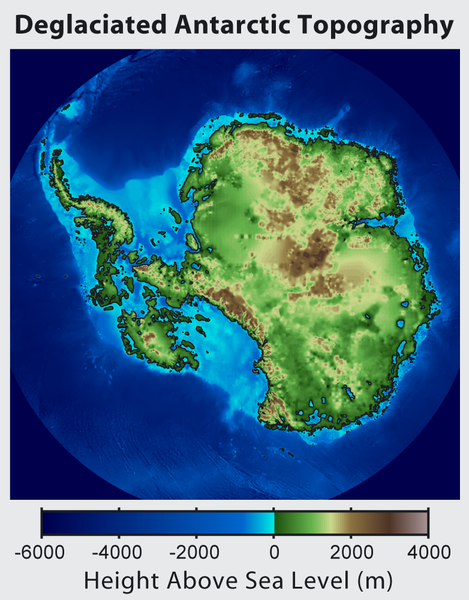Restr:Antarctica Without Ice Sheet.png

Ment ar rakweled-mañ : 469 × 600 piksel. pizhderioù all : 188 × 240 piksel | 375 × 480 piksel | 782 × 1 000 piksel.
Restr orin (782 × 1 000 piksel, ment ar restr : 675 Kio, seurt MIME : image/png)
Istor ar restr
Klikañ war un deiziad/eur da welet ar restr evel ma oa da neuze.
| Deiziad/Eur | Munud | Mentoù | Implijer | Notenn | |
|---|---|---|---|---|---|
| red | 16 Mez 2015 da 16:56 |  | 782 × 1 000 (675 Kio) | Szczureq | larger image |
| 10 Her 2012 da 05:57 |  | 469 × 600 (316 Kio) | Strannik27 | User created page with UploadWizard |
Implij ar restr
Implijout a ra ar bajenn da heul ar restr-mañ :
Implij hollek ar restr
Ober a ra ar wikioù da-heul gant ar restr-mañ :
- Implij war ar.wikipedia.org
- Implij war ast.wikipedia.org
- Implij war ban.wikipedia.org
- Implij war ba.wikipedia.org
- Implij war be-tarask.wikipedia.org
- Implij war be.wikipedia.org
- Implij war bxr.wikipedia.org
- Implij war ca.wikipedia.org
- Implij war cs.wikipedia.org
- Implij war de.wikipedia.org
- Implij war en.wikipedia.org
- Implij war es.wikipedia.org
- Implij war es.wikibooks.org
- Implij war fr.wikipedia.org
- Implij war id.wikipedia.org
- Implij war it.wikipedia.org
- Implij war ja.wikipedia.org
- Implij war ka.wikipedia.org
- Implij war kn.wikipedia.org
- Implij war la.wikipedia.org
- Implij war mn.wikipedia.org
- Implij war nl.wikipedia.org
- Implij war no.wikipedia.org
- Implij war pl.wikipedia.org
- Implij war ru.wikipedia.org
- Implij war tg.wikipedia.org
- Implij war tr.wikipedia.org
- Implij war uk.wikipedia.org
- Implij war zh.wikipedia.org
- Implij war zu.wikipedia.org

